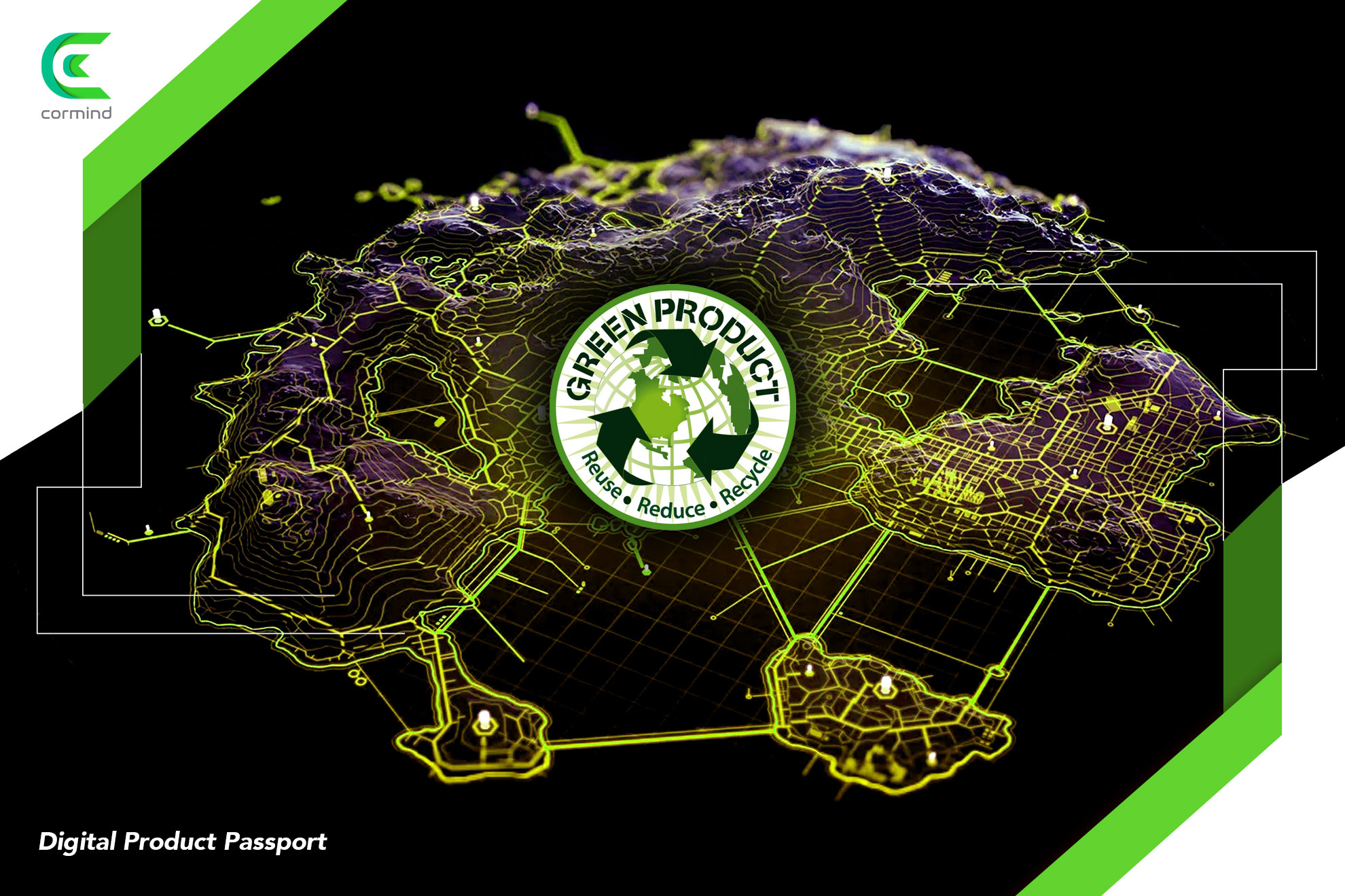The European Commission is moving towards a ‘Digital Product Passport System‘ containing information on product components to increase the likelihood of products being reused and recycled on the European market. As part of the Sustainable Products Initiative, which aims to make products in the EU market greener, more circular and more energy efficient, a digital product passport will be issued to all products produced under the regulatory regime. Sustainable products initiative in the EU Circular Economy Action Plan. The aim is to reduce the use of harmful chemicals and ensure that products on the EU market are sustainable, durable, reusable, repairable, recyclable, and energy efficient.
Global consumption of materials such as biomass, fossil fuels, metals, and minerals is also expected to double over the next 40 years, with annual waste generation increasing by 70% by 2050. To avoid this negative image, Europe has no choice but to switch to sustainable and durable products and reduce resource consumption. Using a digital product passport system provides the most accurate information about the nature of each product, allowing users in the supply chain to reuse the product or dispose of the product correctly at a waste disposal facility.
Industries and products covered by the Digital Product Passport. High-impact intermediates such as household appliances, batteries, ICT, fashion, furniture, steel, cement, and chemicals. Integrated across industries and products, the Digital Product Passport promotes sustainable products, creates new business opportunities for economic players, helps consumers make sustainable choices, and empowers stakeholders to: ensure compliance with standards. But you should check your legal obligations.
Digital product passport; It provides standardized information to preserve the value of products and materials that often end up in waste, as you never know how they are made, what materials are used, and how they are repaired or recycled. Setting standards that make circular, durable, reusable, and recyclable products the norm in the market will play a key role in combating greening, helping circular products become more common in the market and allowing you to allocate a lot of space.
Therefore, this practice demonstrates an important tool to help achieve Responsible Production and Consumption, the 12th Sustainable Development Goal. Under the European Green Deal, our priority areas need to accelerate R&D research and transformation to continue exporting to the EU market.
Why is It Important?
The fashion and apparel industry will be the center of DPP promotion. The ‘fast fashion concept’ has reduced the six-month season cycle to 15 days, and the environmental impact of this unsustainable trend has been devastating. The EU’s sustainable and circular textile strategy will make fashion brands the first to adopt DPP.
Fashion brands will change their approaches to issues such as raw material selection, production, packaging, supply chain management, and adaptation of technology infrastructure to systems. Before the DPP initiative, the European Union was at the forefront of sustainability efforts, but regulations primarily affected EU member states.
The DPP initiative will affect all world brands that want to export to the European market, as well as sub-suppliers and raw material producers producing for these brands. All industries that are part of global supply chains (such as the mining and cotton industry) need to change their operations.
All brands wishing to launch their products on the EU market must assign a unique digital ID to their products and accordingly take the necessary technical measures for transparent data transmission. Within the European Union, the success of the D.P.P. initiative will also determine the fate of the transition to the Global Product Passport.
How will it work?
Technically, QR code tags, RFID chips, or a combination of both are used for product labeling and packaging. Digital records are embedded within these tags. Digital data remains accessible until the end of the product’s lifecycle. The records are shared with the centers determined by the EU authorities, making the data flow transparent and continuous. When scanned with a QR code or RFID chip, mobile and industrial devices, end users or administrative personnel are directed to an online page where a complete and up-to-date product passport is displayed for a particular product.
He said the digital recording would be embedded in the chip. How is this data collected, how is it interpreted and how is it transmitted? I need to create a passport system. For the D.P.P. concept to work, companies need to set up a central data repository to report all data about their products to the EU and combine it with additional traceability data. A DPP application requires a technical solution to capture all the data about the products produced and distributed.
By assigning a unique digital identity (UID) to each physical component and material, all product-related issues are captured and associated with the UID throughout the supply chain and lifecycle. This is the unique ID. RFID tags are integrated into web URLs as QR codes or a combination of both. The data on the link is used to view and access the product’s DPP. DPP survives production and is updated throughout the product lifecycle. DPP combines supply chain component and material traceability data with production data, and each product is labeled with an alphanumeric identifier. This identifier is unique per manufactured product or product line.
In total; The Digital EU Product Passport came into effect and has affected all manufacturers worldwide. Many organizations are starting to see this need as an opportunity and are preparing for the benefits it will bring. Since this is a technical issue that affects both brands, sub-suppliers, and raw material producers, harmonization efforts must start today.
What Roles Will You Assume?
Currently, nearly half of all greenhouse gas emissions and more than 90% of biodiversity loss and water scarcity are related to the extraction and processing of resources. However, global consumption of materials such as biomass, fossil fuels, metals, and minerals is expected to double over the next 40 years and annual waste generation is expected to increase by 70% by 2050. One of the main priorities of the European Union (EU), which aims to achieve net zero emissions and zero pollution by 2050, is the transition to sustainable, long-lasting products and resource consumption to combat overconsumption and waste. The upcoming “Sustainable Products Initiative” is expected to give a significant impetus to these issues. This means that we will see the effect of the roles he has assumed.
The Sustainable Products initiative in the EU Circular Economy Action Plan reduces the use of harmful chemicals and makes products on the EU market sustainable, durable, reusable, repairable, recyclable, and energy efficient. Considered the cornerstone of all sustainability regulations, the Sustainable Products Initiative says it sets requirements for product design, from minimum quality levels to minimum recycled content. These requirements are expected to have a direct impact on all processes involved in the manufacture of a product, from material use to design, use, and end of life.
In line with this goal, the initiative, which plans to create a digital product passport that collects data on the product value chain, aims to accelerate the information flow in the market by integrating this system into all products in the market. From producers to consumers, from governments to various stakeholders.
The aim is to identify and present the most important information about the characteristics of each product so that users in the supply chain can reuse the product or dispose of it correctly in a waste disposal facility.







